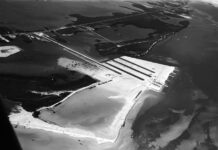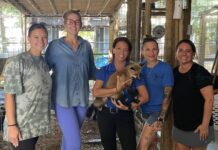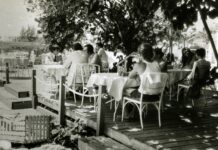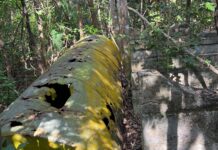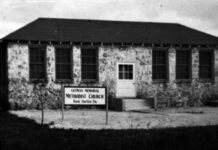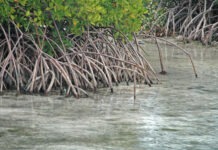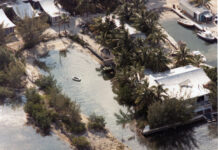
Maranta arundinacea is a West Indian botanical that produces tubular underground growths called rhizomes. When harvested and processed, these rhizomes produce a starchy powder that is sold in the spice aisles of grocery stores as arrowroot. Arrowroot is most popularly used as a thickening agent when making soups, sauces, gravies, and desserts. There is a Florida version of arrowroot, sort of. The plant, sometimes referred to as Florida arrowroot, was utilized by South Florida’s aboriginal people, Seminole Indians, and early pioneers as an important food source and flour substitute.
Florida arrowroot is actually one of North America’s only native cycads, an order of plants considered some of the oldest in the world and referred to in certain circles as living fossils.
Whether it is referred to as Zamia integrifolia, pomila, or floridana, as there does not seem to be a unified position on the actual name, Florida arrowroot is historically referred to as coontie. Said to be the derivative of a Seminole word for the plant, coontie is more commonly found in landscaped property than its native natural hammocks around South Florida and the Keys.
Fontaneda, the16th century Spanish shipwreck survivor who spent 17 years living with the Calusa Indians, would write a memoir that included a description of the coontie. “The inhabitants make bread of roots, which is their common food the greater part of year, and because of the lake which rises in some seasons so high, that the roots cannot be reached in consequence of the water, they are for some time without this bread.”
The proper handling was paramount as coontie produces a poison known as cycasin capable of inducing diarrhea, vomiting, and seizures. After being harvested, the tubular stem was thoroughly washed and ground to a pulp using a pestle and mortar. The pulp was then soaked in water and strained through animal skins to separate the coontie from its starch. After letting the residue soak for several days to leach the poison, the starchy residue was dried until a yellowish powder that looked like flour was left behind that could be used to make, among other staples, bread. By the 1880s, several coontie mills were operating along the Miami River. During WWI, just one of these mills is said to have produced 18 tons of this flour substitute a day.
Brad Bertelli is curator of the Keys History & Discovery Center.












